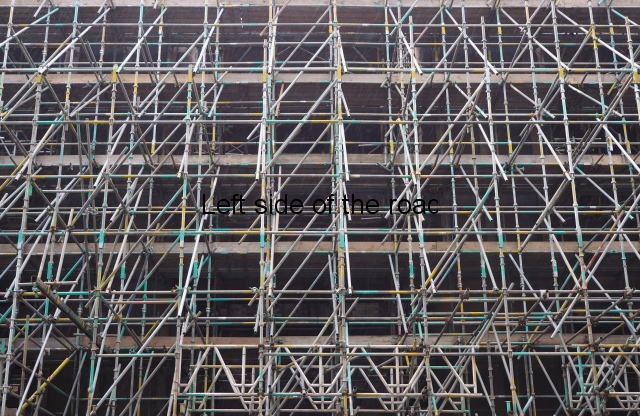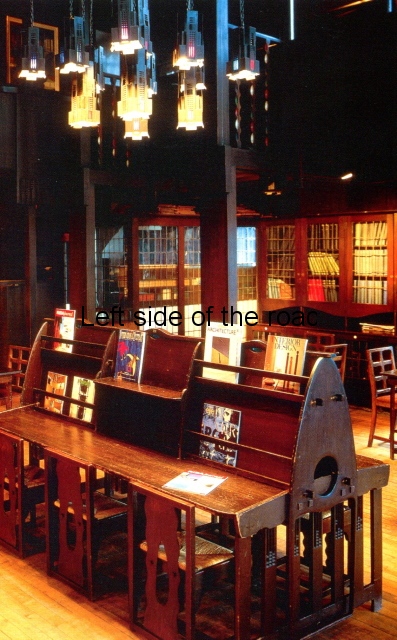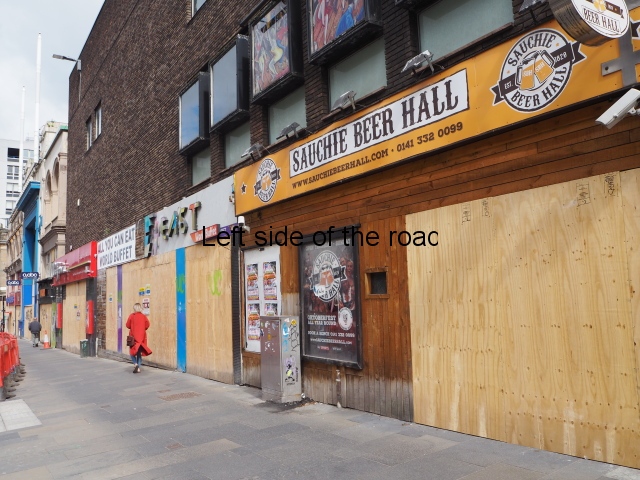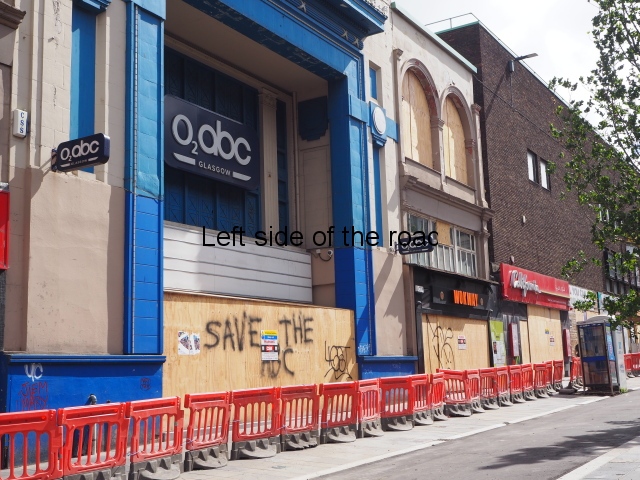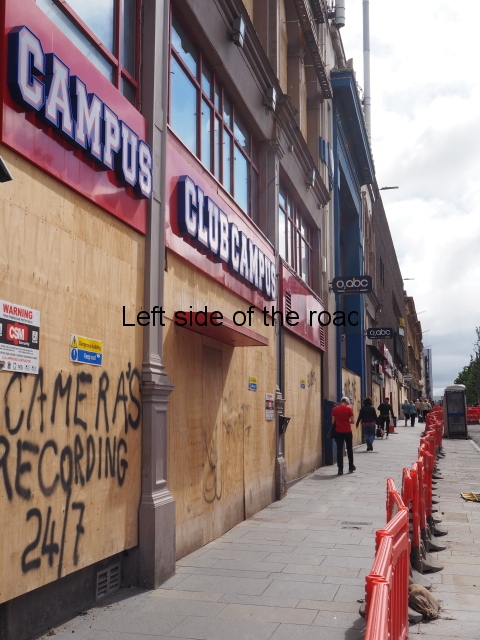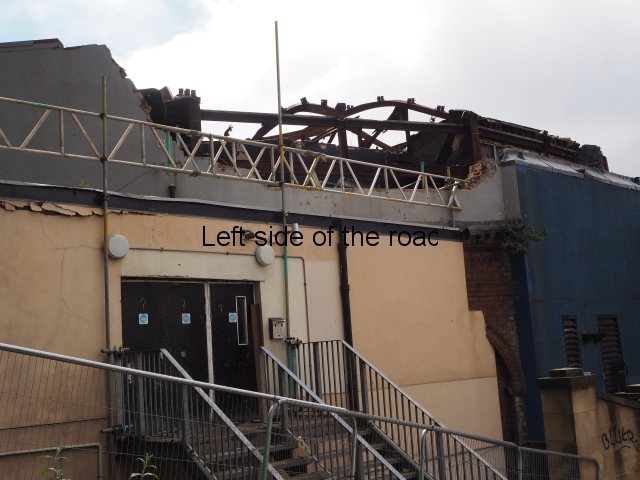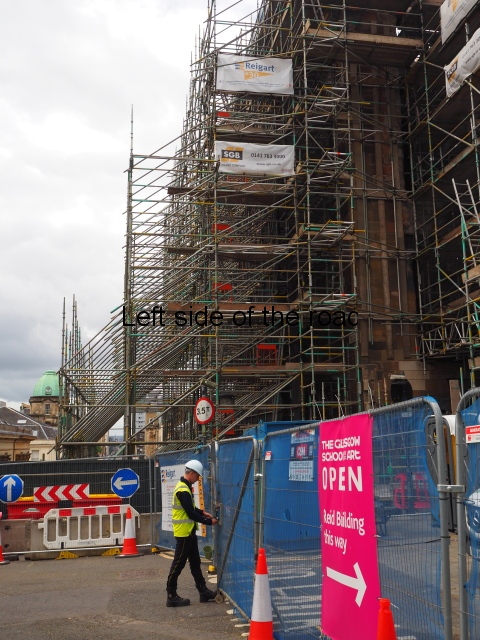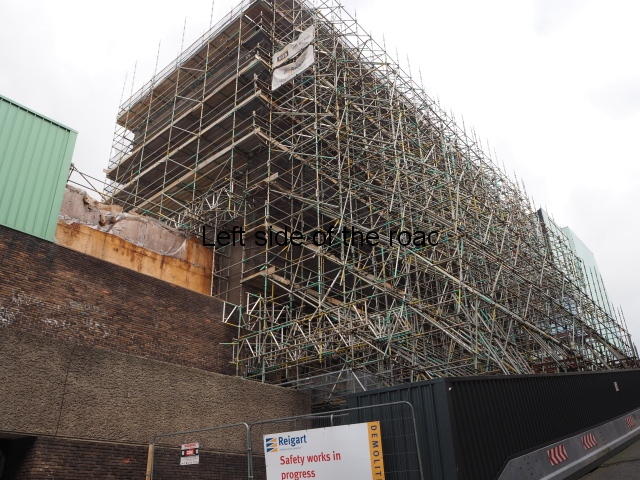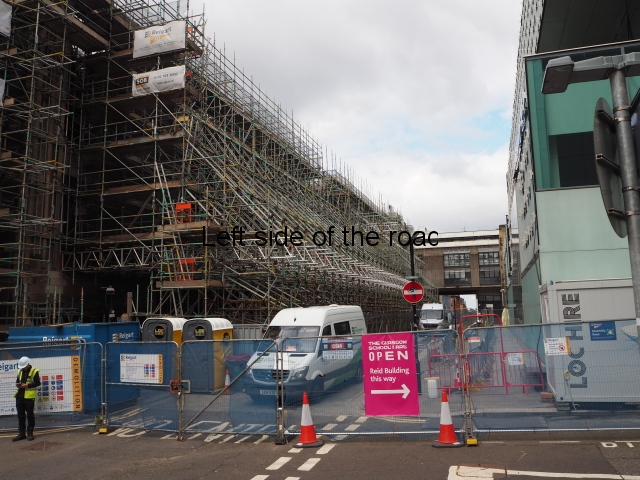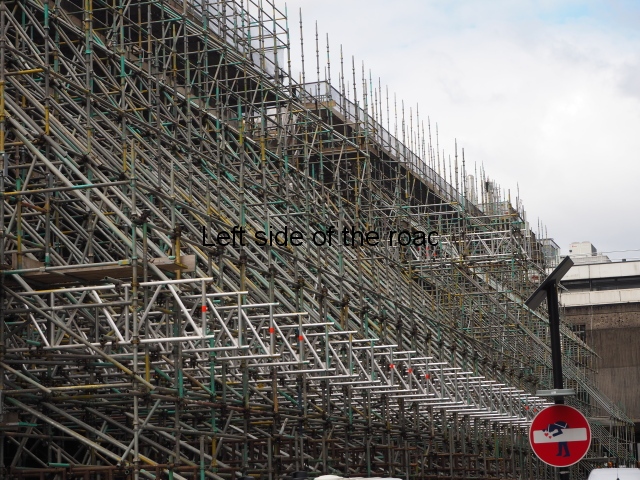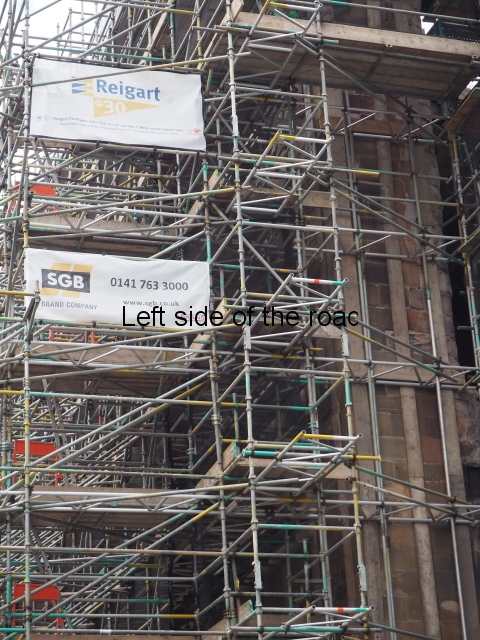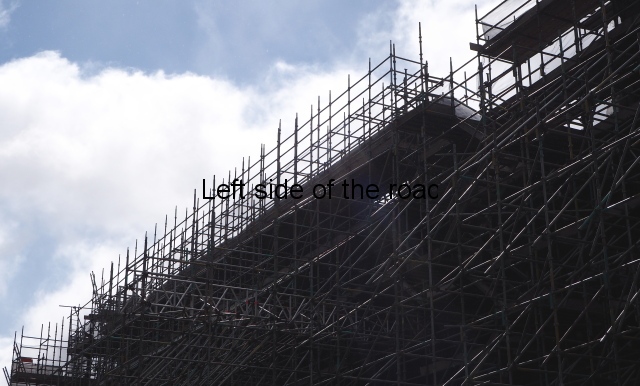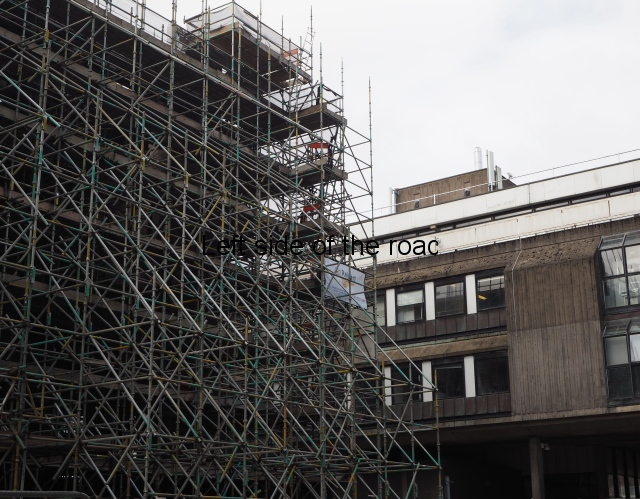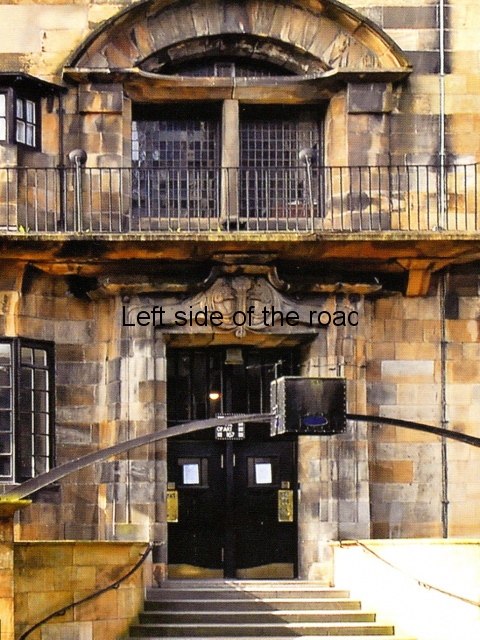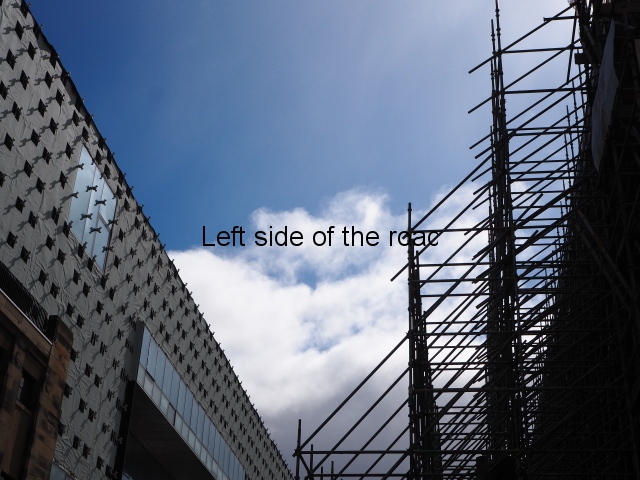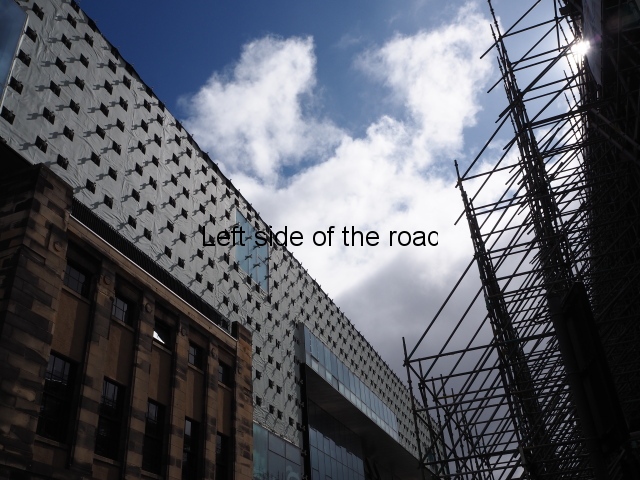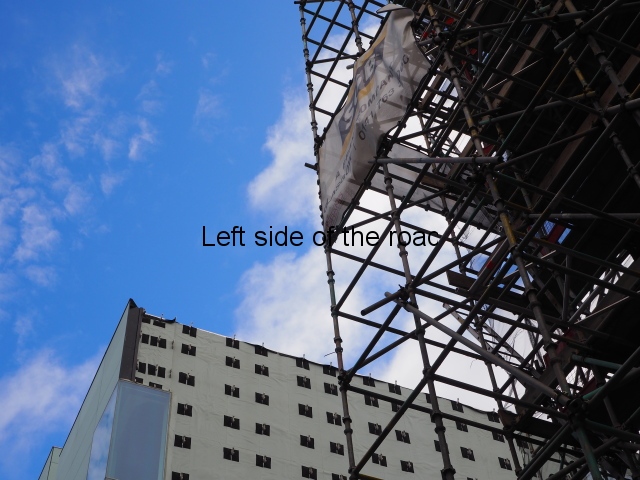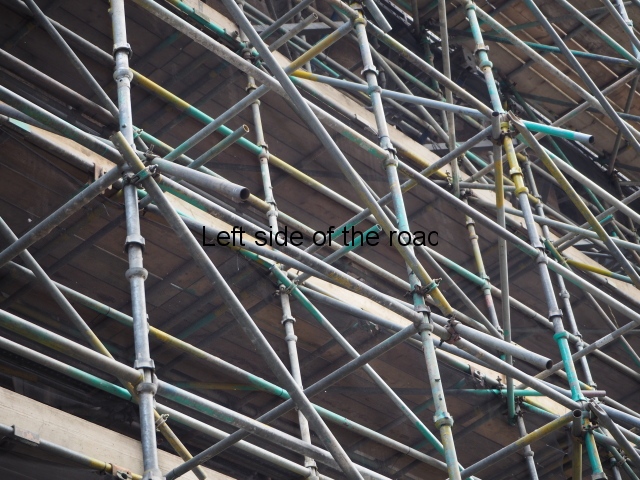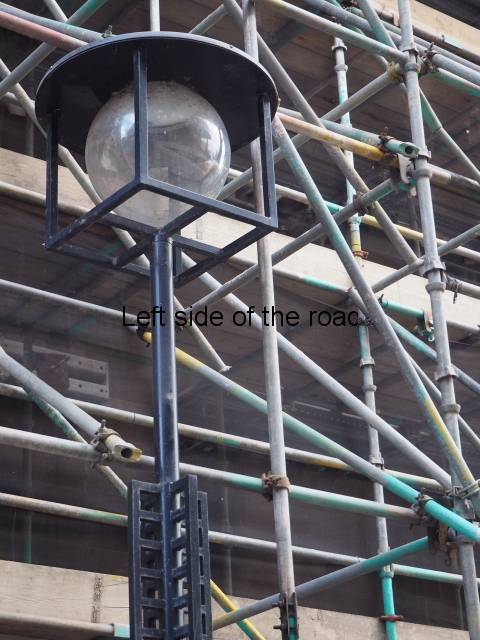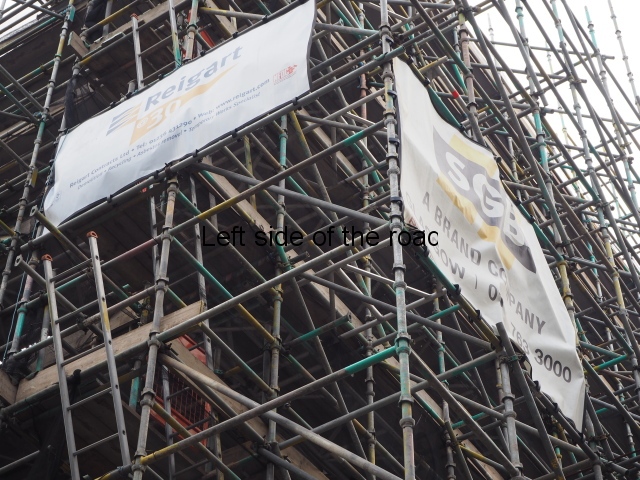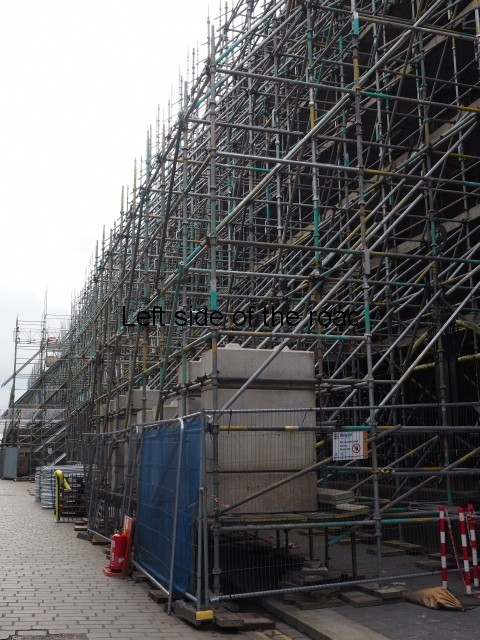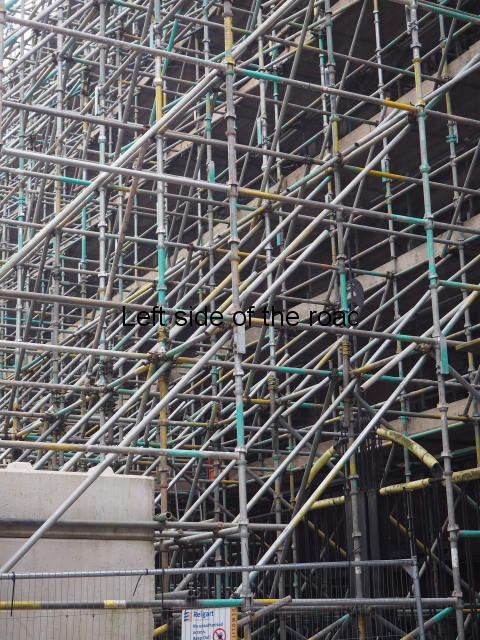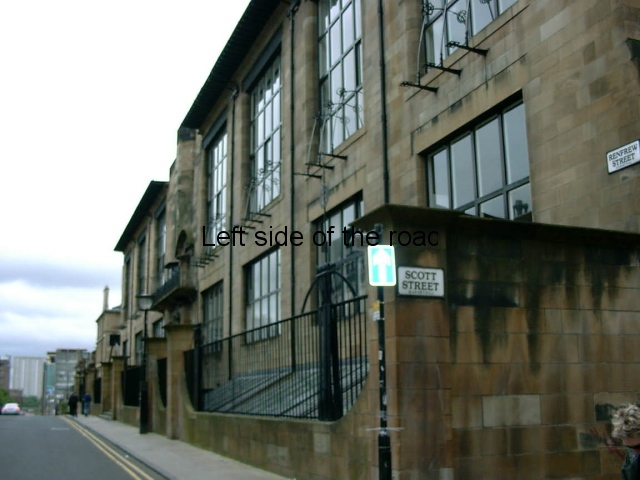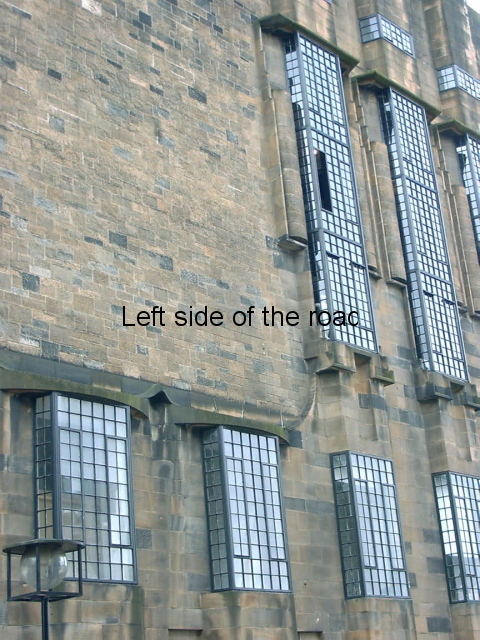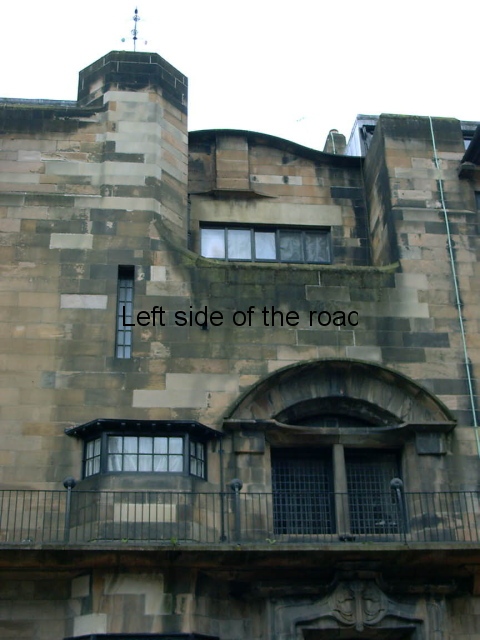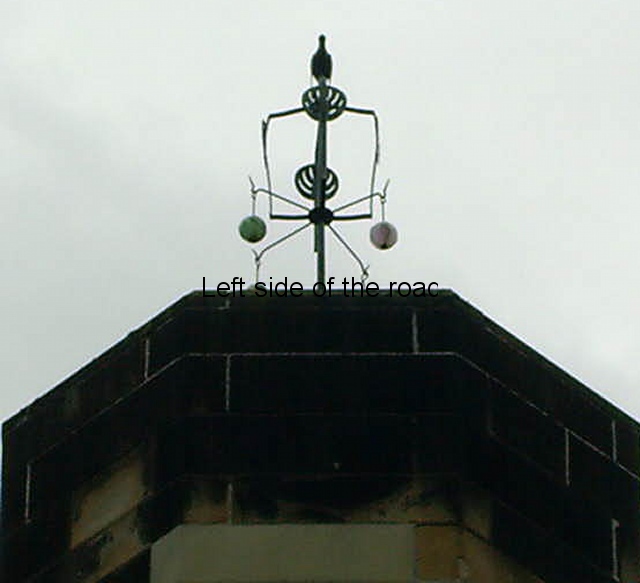More on covid pandemic 2020-2?
Turning a problem into a crisis – Tory inactivity (and hypocrisy) in the face of the covid-19 pandemic
The article below was originally written in response to a very interesting and detailed article that addressed ‘How Should Marxists View the COVID-19 Pandemic of 2019-2020?’ This appeared on the Marxism-Leninism Today website (but now seems to have been taken down).
This is obviously still and ongoing situation and things can change by the hour let alone the day or week. That being the case we are likely to face many issues in the next few months which could well have consequences that will stay with the people of Britain long after the virus is brought under any sort of control. This article is, therefore, just some initial thoughts on the matter to date (23rd March 2020).
As I type this it is being stated that the planned Emergency Powers Act going to get passed by Parliament later today (likely with little opposition) will include a clause that it will have to be presented to Parliament every six months for ratification rather than lie on the statute books forever.
However, we have the example where the ‘Prevention of Terrorism Act’, which was introduced in 1974, had the same stipulation that it had to be ratified every six months but it soon went through with no discussion at all until 1989!
Dear Comrades
An interesting and informative article on the present virus. However, I’m not sure I totally agree on the way to deal with it. And what follows is based upon how I see, and have seen, matters in a UK perspective.
I am loath to say this (as it means agreeing with the Tory buffoon) but I thought the idea of keeping things relatively ‘normal’ for as long as possible was the best way forward. I now have to accept that I was naïve (to say the least) in believing anything the Tory incompetents and liars say. Having spent too many years of my life where the people of Britain have decided to choose the Conservatives to be the government my only excuse is that I’m forgetting history and put that down to the dotage that comes with age.
To justify my initial agreement I assumed (again foolishly) that there was a plan behind the ‘sit tight’ argument. I thought there might have been a real strategy they were following. After all, we were being told that the response to such an event had been planned for in different exercises over the years.
Even if that ‘planning’ was flawed there was the expectation that all governments (or at least some of their ‘experts’) would have learnt from the experience in Asia, the methods they had used and the tactics they had followed. But that wasn’t the case. The British government took what they wanted from that experience (the so-called ‘social distancing’ and ‘self-isolation’) but nothing that was proactive. Their approach can be summed up by ‘do nothing and hope it will go away by itself’.
I’m not sure that any country has really learnt from recent outbreaks (SARS, Ebola, ‘bird flu’, ‘swine flu’ – and many others I can’t even remembering hearing about in the last 40 years) and certainly not from the last worldwide killer pandemic – the so-called ‘Spanish Flu’ of 1918 (as some of Trump’s cronies are trying to do this time by referring the virus as the ‘Chinese virus’ we haven’t developed much as a society in wanting to blame someone else, preferably someone ‘foreign’). In fact, response has seen little development since the ‘Black Death’ of 1348. Technology, which some believe have the answer to all issues (e.g., climate emergency, pollution – in all its forms – etc.), certainly hasn’t come to the rescue when it comes to this infinitesimally small coronavirus.
In the second half of March (four months since the issue arose in China) health workers in Britain are complaining that they don’t have adequate protective gear and testing is only taking place on those people when they are in hospital and have probably already contracted the disease. The testing in this situation confirms the diagnosis but doesn’t help in any preventative strategy.
It’s possible to criticise the process in China but they did a great deal more testing than has taken place in Europe in general and the situation seems (I accept that this is not definitive) to be getting better in Asia in general. And the testing seems to be the key in any success that China, Taiwan, South Korea and Singapore have registered.
I don’t know what people were told in their respective countries by their respective ‘leaders’ but it couldn’t have been (or can be – as this will go on for ever) worse than what we have had to tolerate in Britain.
To list all the errors, mistakes and muddled thinking of the present government in Britain in the face of the pandemic of covid-19 would take forever, and we are still just at the beginning of the crisis. But to pick some of the ones that stand out;
-
turning every announcement into a Party-political broadcast (attempting to put themselves in a good light
-
continuing to play by the same political game and pandering to those precious individuals who see themselves above the rest of us (telling MPs first so they don’t feel left out)
-
allowing rumours to spread through the course of the day and then grandstanding with the announcement which all expect
that’s the political game.
Perhaps more seriously in determining how the virus might spread;
-
having no real overall strategy
-
bringing ‘experts’ to the forefront in order that if/when things go wrong they have ready made scapegoats
-
not having a concept of testing to help slow contagion and then throwing around meaningless figures in order to divert criticism (25,000 tests a day – at some indeterminate time in the future – is nothing in a population of more than 60 million)
-
not providing protective equipment for those ‘on the front’ line – even when there have been calls for this to be distributed for weeks – therefore demonstrating their lack of preparedness
-
no central guidance to the likes of dentists (and other groups) although they are calling for it
-
making ‘recommendations’ (as in pubs and restaurants) leaving everyone concerned in a quandary – just so they can maintain their Tory credentials
-
moving the responsibility upon the population to cover for their inaction
-
having no ‘exit strategy’ to their policy of ‘social distancing’ and ‘self-isolation’
-
providing baffling and incomplete messages and therefore causing confusion which leads to panic and fear
-
not anticipating that such a lack of clarity leads to panic buying and hoarding
-
‘negotiating’ with private health providers in place of requisitioning facilities which only exist thanks to publicly funded and trained professional – and then paying them ‘at cost’
And then we must add on hypocrisy (which British politicians have in spades)
-
praising health workers (and the general concept of the National Health Service – NHS), when for decades they have been making massive cuts which led, at the end of 2019, to unprecedented strikes by nurses
-
giving the impression they care about the elderly and infirm after an equal number of years making cuts in social care expenditure
-
stating that ‘we are all in this together’ and not remembering that the same meaningless phrase had been used by another Tory leader in relation to the purely greed manufactured and avoidable financial melt-down of 2008 which led to the rich getting richer and the poor getting poorer
-
finding mind blowing quantities of money after years of stating ‘money can’t be created from nowhere’ – unless it’s to buy votes in a General Election or in the belief that everyone/thing has a price and that the virus can be bought off
-
using the health crisis to transfer unknown quantities of public wealth into the hands of private corporations
-
keeping quiet about the fact that this money must be paid for by someone, sometime in the future, i.e., the young, who are the least at risk from the present virus
-
prepared to bail out private firms with payments per employee up to £2,500 per month whilst at the same time considering millions of people on Universal Credit can live on £94 per week and any increase would risk bankrupting the country
-
perhaps the supreme irony – the Tory buffoon, at the press conference of 22nd March 2020, standing behind a card which declares ‘Protect the NHS’. Those who have spent decades trying to destroy the institution now claim to be its saviour
That is the way it’s now being ‘managed’ in Britain.
This is the result of putting the biggest social crisis since 1939 in the hands of chancers and opportunists who are only in the game for self-aggrandisement and financial advancement. This is all that ‘Parliamentary Democracy’ – or more accurately Parliamentary Cretinism’ – boils down to.
The idea of ‘social distancing’ (the sum of the government’s suggestions) only makes sense if it is accompanied with a comprehensive and strict regime of testing and follow-up which targets and identifies infection hot spots. What is done is important but having the infrastructure to deal with the consequences is even more so. The situation developed in China a matter of months before it really broke here and there was plenty of opportunity for the government to have put things in place for when the inevitable arrived. They didn’t because they hoped the virus would decide to give
This royal throne of kings, this sceptred isle,
This earth of majesty, this seat of Mars,
This other Eden, demi-paradise,
This fortress built by Nature for herself
Against infection and the hand of war,
This happy breed of men, this little world,
This precious stone set in the silver sea,
Which serves it in the office of a wall
Or as a moat defensive to a house,
Against the envy of less happier lands,
This blessed plot, this earth, this realm, this England
(William Shakespeare, King Richard II, Act 2, scene 1)
a miss. The problem was the covid-19 hadn’t read Shakespeare – and probably have ignored line 5 if it did.
At the time of the spring equinox the government accuses the people for not taking the threat seriously enough – yet they have been guilty of that since the first news of the outbreak in China was made public last year.
We are given mixed messages about how the population is reacting. Selfish panic buying in the supermarkets is condemned by all and sundry – but a billion pounds worth of groceries (the amount spent in the last two to three weeks over the same period last year) isn’t being spent just by the super-rich, not all workers are rational and selfless.
And we can’t be surprised that many people react in this way as any community feeling has been under attack since the early 80s. It takes a long time to change people’s thinking but I would argue that up to the 80s there was a greater ‘community spirit’ in this country than there is now. For example, the majority of the population didn’t blame the unemployed for their situation in the 70s – I don’t think that’s the same now. We are living with the results of the poison of individualism spread by Thatcher and her acolytes since (both Tory and Labour).
There are, nonetheless, reports of people coming together to help those less able to face the new challenges. This is obviously to be welcomed. If the government doesn’t care for us then we will have to look after ourselves. This was something that developed during the Miner’s Strike of 1984-1985 with Miners Support Groups established throughout the country. If such a structure is developed in the near future we should ensure it doesn’t get forgotten when the present crisis passes. If those who seek to ‘rule over us’ don’t do what they are there for what need do we have for them?
Yes, we are allowing ourselves to be ruled by a bunch of incompetents but will people remember this further down the line. We saw that in December last the people of the UK have little ability to analyse the economic and political situation and have even less ability to remember even recent history. The Tories’ new Georgie mates must have been disappointed they weren’t given special treatment when the pubs were told to close – they probably thought their new favoured status would mean an exemption from this ban on the Federation clubs.
I agree with some of the pundits that the present ‘strategy’ is fraught with difficulties. Like their ‘solution’ to the 2008 crisis (when all the problems were just kicked to some indeterminate point on the future) the way of ‘dealing’ with the virus outbreak is to spread it so thinly that it will be manageable. But it will never be so – due in no small part to the way things have been going on in this country since the 1980s – it’s not just a matter of post-2008 ‘austerity’.
Figures that are constantly coming out from every direction only serve to cause more uncertainty, more fear and therefore will create more panic. France’s solution to bad management seems to be to send the troops out on the street and basically institute a situation of martial law. Italy seems to be doing the same now. How long before it happens in Britain? In such a situation how long will it be before some stupid squaddie pulls the trigger and kills someone? And then watch the balloon go up.
For Communists yet another capitalist crisis and the chaos that is developing presents opportunities – but only if we have a Marxist-Leninist organisation capable of directing the way the working class, as a class, should go forward. There are few of them anywhere in the world now – the most recent ones that looked like they were getting there making fundamental mistakes just before the potential for success was realised (here I’m talking about Peru and Nepal).
Billions of pounds that wasn’t there in the past is now being promised to private industry. Large companies, e.g., airlines and train companies will be re-nationalised – but only to pull them out of the shit. When they are healthy again they will return to private hands. Where’s the idea of laissez faire capitalism? When capitalism is in structural crisis it’s now become the norm that the people have to pull them out of their crisis – whether of their own making (as in 2008) or with factors (slightly) out of their control, as now. Only slightly as the much vaunted ‘globalisation’ together with international liberalisation has destroyed (or at least weakened) much of the infrastructure which could have dealt with this situation in a much more positive manner in the past.
There are political dangers associated with this present crisis – and we have a precedent which it would be dangerous to ignore. In a situation where the State is able to manipulate information, and especially when they are denying people the right to congregate (even if there are valid reasons for this) then this provides it with an ideal opportunity to introduce ’emergency’ legislation to ‘better deal with the potential dangers’. Such legislation tends to stick around for a long time.
In the United States the Patriot Act was snuck in after the twin towers came down in September 2001. In the UK the Prevention of Terrorism Act came into force first in 1974 (in response to the situation in Ireland) and then went through the British Parliament every six months, on the nod, until 1989. Various British governments since 2000 have brought in other ‘terrorism’ acts which would need only a slight tweak to be extended to make anyone challenging a government diktat to be declared a ‘terrorist’.
Capitalism will never be able to deal with such crises as any meaningful action will go counter to self-interest and profit. Any idea of closing down London – the epicentre of the pandemic in Britain – would almost certainly see the demise (or at least a severe weakening) of the financial centres and the Stock Exchange in the City. And capital has been wanting when it comes to dealing with the climate emergency.
The search for a vaccine – upon which all capitalist governments place their hopes – itself is fraught with contradictions. Supposedly to prevent death of the vulnerable whoever gets the patent in first is set to make a fortune that would make the California and Yukon gold rushes of the 19th century seem as wealth producing as a church hall raffle.
With a world population of more than seven billion it doesn’t take a genius to work out who will get the first batch. It would be a gambler (or a fool) indeed who would bet on it being the world’s most vulnerable who received it first.









